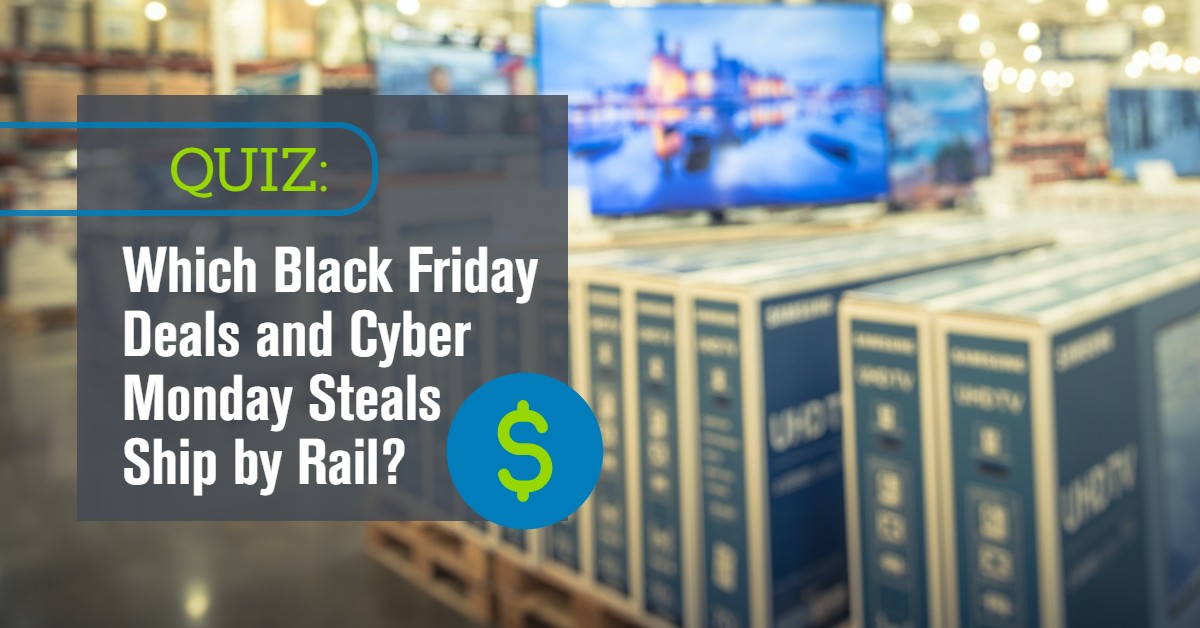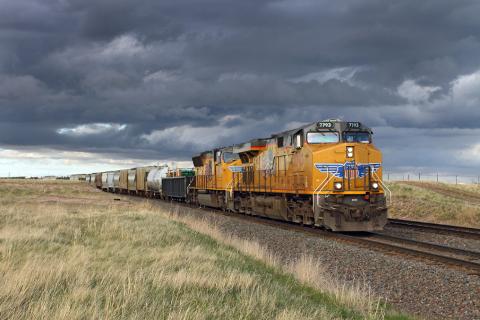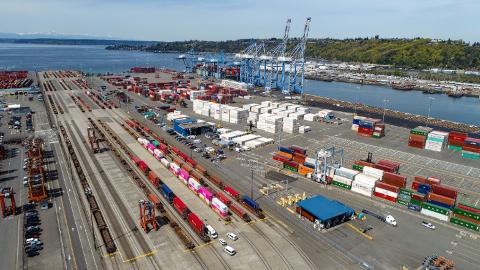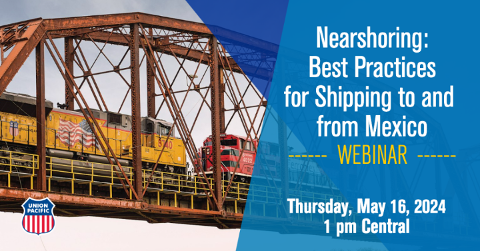For railroads, Black Friday and Cyber Monday start long before the end of November. In the months leading up to the busiest shopping days of the year, railroads are helping to deliver goods to warehouses, from which they’ll be sent directly to online consumers or will make their way to retail shelves.
Which of the most popular Black Friday and Cyber Monday deals can travel by train? Take the quiz to find out.
How Do Black Friday and Cyber Monday Purchases Ship by Rail?
While just about anything can ship by rail, most of the items shoppers purchase on Black Friday and Cyber Monday ship in intermodal containers. These are ideal for shipping goods from all over the globe, since they can be loaded, then transferred between cargo ships, trains and trucks. So whether goods are shipped overseas on ships, travel by train from the port to inland destinations hundreds of miles away, or move from a warehouse to a retail store by truck, containers can easily be transferred between shipping modes.
The railroad’s contribution to Black Friday and Cyber Monday doesn’t end at finished goods. Railroads also ship the raw materials that are used to make popular year-end buys, including plastics, metals, glass, lumber and fibers.
Why Do Companies Ship Raw Materials and Finished Goods by Rail?
Companies ship raw and finished goods by rail because it offers a number of advantages.
- Environmental Benefits. On average, U.S freight railroads can move one ton of freight more than 470 miles on a single gallon of diesel fuel, generating a carbon footprint that is 75 percent less than trucks.
- Cost Savings. Rail typically offers a lower cost per ton mile than truck.
- Reach. Railroads can ship products pretty much anywhere in North America. Between the major railroads in Canada, the United States and Mexico and smaller railroads in between, railroad tracks span the continent. Factor in ocean carriers and you can use rail to ship to virtually any destination worldwide. Rail is the most efficient way to ship long distances — but can also accommodate short-haul moves.
- Simplified Logistics. One rail car can carry the same amount of cargo as 3-4 trucks. So when companies ship with rail, they’re managing fewer shipments and gaining supply chain efficiencies. Railroads can also handle "less-than-truckload" shipments for companies shipping smaller volumes.
- Accessibility. Even if the shipper or receiver doesn’t have railroad tracks at their facility, companies can still take advantage of the safety, environmental and economic benefits of rail through transloading and intermodal shipping, where products move seamlessly between trucks and trains. For companies that need help connecting to rail, logistics companies like Loup Logistics can help. Loup can also provide logistics visibility for rail shipments.
Learn More
To learn more about shipping raw materials or finished goods by rail, answer a few questions and we’ll connect you with a shipping expert. Happy shopping!
Related Articles
- Are You a Fan of Football Parties? Rail Helps Deliver the Fun.
- Which Thanksgiving Traditions Are Delivered by Rail?
- QUIZ: Which Holiday Essentials Are Delivered by Rail?
- Creative Uses of an Intermodal Container
- What Can You Ship by Rail?
- What Is Intermodal Shipping...and Why Should Shippers Care?
- How to Get Rail Service: Three Ways to Connect With Rail
- Intermodal vs. Transloading
- Rail 101 FAQs









